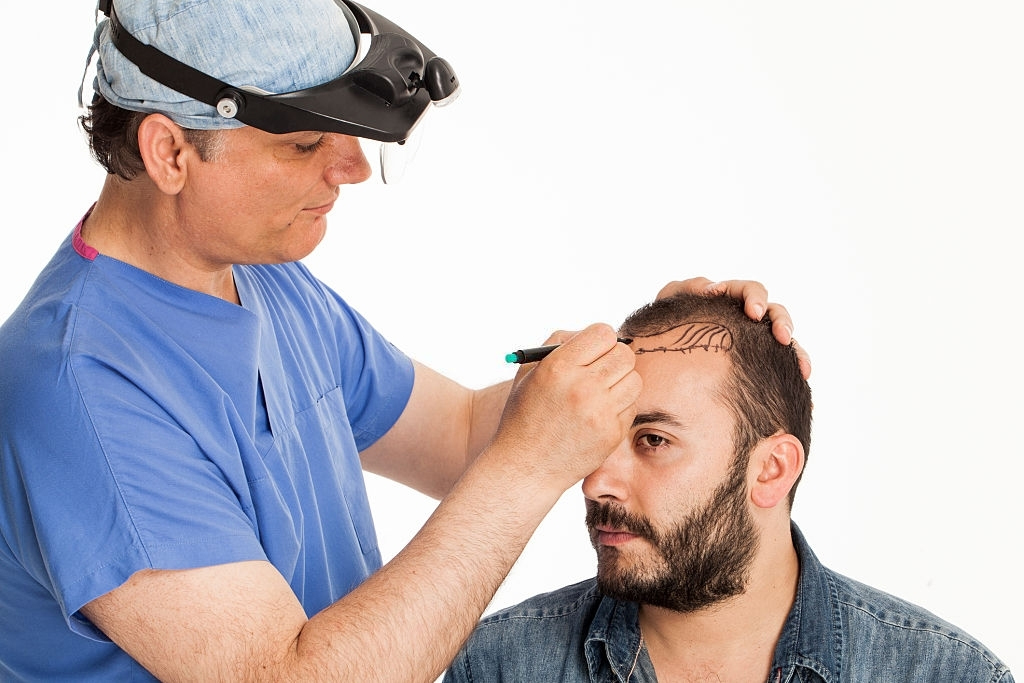When it comes to restoring lost or thinning hair, Hair Transplant in Islamabad has become a popular and effective solution. Hair transplantation is a surgical procedure that involves relocating hair follicles from one part of the body (usually the back of the scalp) to areas experiencing hair loss. But how does this procedure work at the molecular and biological level? Let’s explore the science behind hair transplants and why they are considered a highly successful method for hair restoration.
The Basics of Hair Growth
To understand how hair transplantation works, it’s important to first grasp the basics of hair growth. Hair grows in cycles, with each follicle going through three main phases: anagen (growth), catagen (transitional), and telogen (resting). In a healthy scalp, hair follicles continuously cycle through these stages, resulting in a full head of hair.
However, certain factors such as genetics, aging, and hormonal changes can disrupt this cycle, leading to hair thinning and eventual baldness. The most common cause of hair loss, especially in men, is androgenetic alopecia (male-pattern baldness), where hair follicles shrink and stop producing hair over time.
The Science of Hair Transplantation
Hair transplantation relies on the concept of “donor dominance.” The procedure takes advantage of the fact that hair follicles located in the donor area (usually the back or sides of the scalp) are genetically resistant to hair loss. These follicles are transplanted to areas experiencing thinning or baldness, where they continue to grow as they did in their original location.
The process is done through two primary techniques: Follicular Unit Transplantation (FUT) and Follicular Unit Extraction (FUE).
- FUT (Strip Method): In FUT, a strip of scalp skin containing hair follicles is surgically removed from the donor area. The strip is then dissected into individual follicular units, which are transplanted into the recipient area. This method leaves a linear scar, but it allows for the transplantation of a larger number of follicles in one session.
- FUE (Follicular Unit Extraction): FUE, on the other hand, involves extracting individual hair follicles directly from the donor area using a specialized punch tool. These follicles are then transplanted into the balding areas. FUE results in minimal scarring and a quicker recovery time compared to FUT, making it a popular choice for many patients.
Both techniques aim to mimic the natural growth pattern of hair, resulting in a fuller and more natural-looking head of hair. The key to the success of hair transplantation is the preservation of the hair follicle’s integrity during extraction and implantation.
Post-Transplantation Hair Growth
Once the hair follicles have been transplanted, they initially go through a shedding phase, which can be alarming to some patients. However, this is a normal part of the process, and the transplanted follicles will begin to produce new hair after a few months. Over time, the hair grows thicker, and the transplanted follicles establish themselves in their new location, providing permanent hair restoration.
Why Hair Transplants Work
The success of hair transplants lies in their ability to use hair follicles from areas that are not genetically prone to thinning or hair loss. These follicles retain their resistance to DHT (dihydrotestosterone), the hormone responsible for hair loss, ensuring that the transplanted hair will continue to grow over the long term.
Conclusion
Hair transplantation is a science-backed procedure that restores hair growth by using healthy, DHT-resistant hair follicles. Whether you choose Hair Transplant in Islamabad through FUT or FUE, you can expect natural-looking results that last a lifetime. At Royal Cosmetics Surgery, we utilize the latest techniques and advanced technology to deliver optimal results for hair restoration. If you’re looking for a solution to your hair loss, contact Royal Cosmetics Surgery today to learn more about how hair transplantation can help you regain your confidence.









